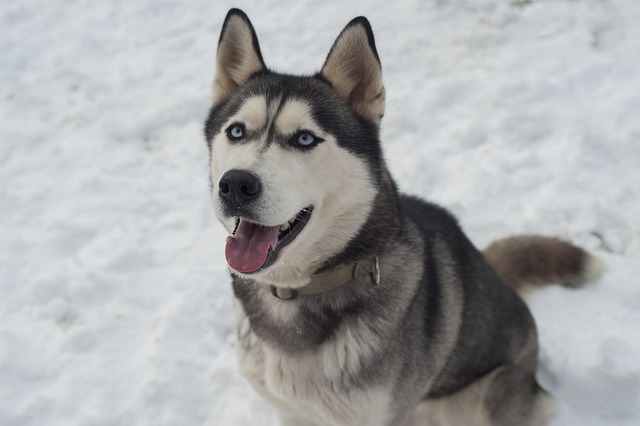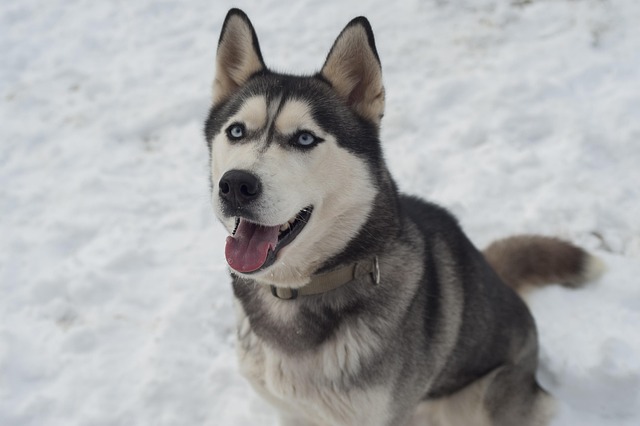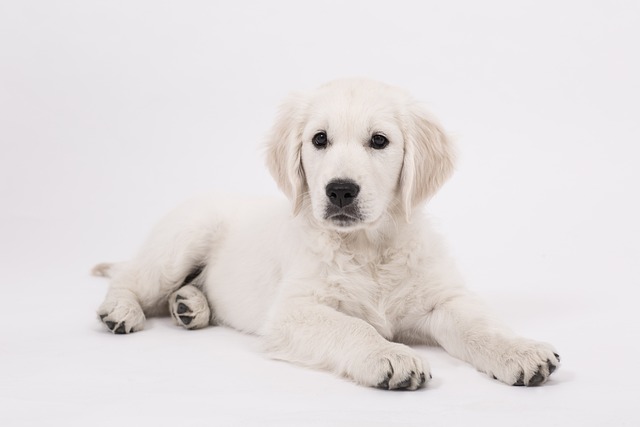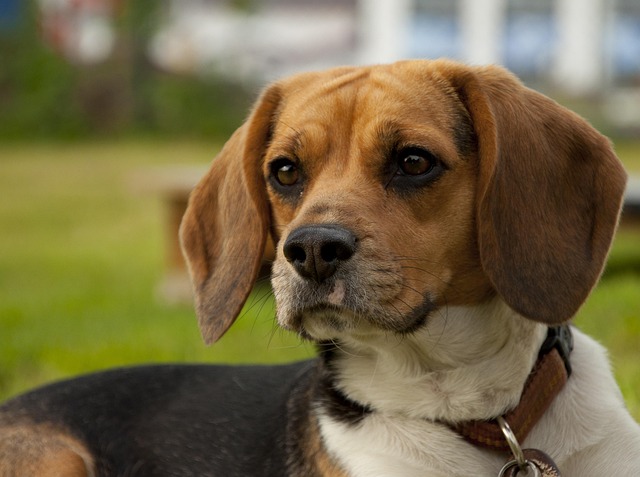
Do it hurt a dog to express glands?
Many dog owners first notice their pup scooting across the carpet or licking their rear more than usual, and that’s often when the question of gland expression pops up.
Many dog owners first notice their pup scooting across the carpet or licking their rear more than usual, and that’s often when the question of gland expression pops up. The truth is, when done correctly by a trained vet or groomer, it shouldn’t cause pain—think of it like relieving a small, uncomfortable pressure. But if done too roughly, or if the glands are already infected (a common issue in smaller breeds like Corgis or Shih Tzus), it can sting, and that’s why rushing the process is never a good idea.
It’s also key to remember that in places like the UK, some local councils have guidelines about pet grooming practices, and unqualified gland expression might violate animal welfare standards. Even in the US, many states require groomers to complete certification before handling tasks like this—skipping that step isn’t just risky for your dog’s comfort, it could land you on the wrong side of local laws. Always ask for proof of training before letting someone work with your dog’s glands; it’s a simple check that avoids a lot of trouble.
Behavior clues matter too. A dog who yelps, tenses up, or tries to pull away during the process isn’t just being “fussy”—they’re telling you something’s off. Maybe the glands are impacted, or the person doing it lacks experience. Animal behaviorists note that negative experiences with gland expression can make dogs fear grooming long-term, turning a routine task into a stressful event for both of you. If your dog reacts this way, stop immediately and consult a vet instead of pushing through.
 For owners who wonder if they can do it at home: while some vets teach trusted owners the proper technique for dogs with chronic gland issues, it’s not a skill to pick up from a video. Using the wrong angle or too much pressure can rupture the glands, leading to infection and more pain. Plus, in areas like Canada, self-treating a pet’s medical issues (and gland problems can be medical!) might conflict with provincial animal care regulations if it leads to harm.
For owners who wonder if they can do it at home: while some vets teach trusted owners the proper technique for dogs with chronic gland issues, it’s not a skill to pick up from a video. Using the wrong angle or too much pressure can rupture the glands, leading to infection and more pain. Plus, in areas like Canada, self-treating a pet’s medical issues (and gland problems can be medical!) might conflict with provincial animal care regulations if it leads to harm.
At the end of the day, keeping your dog’s glands healthy is about balance—staying aware of their behavior, following local laws, and trusting qualified professionals. If you’re unsure whether your dog even needs their glands expressed (not all do!), a quick vet visit can clear that up. A pain-free experience is totally possible, but it starts with prioritizing your dog’s comfort and sticking to practices that keep them safe, happy, and compliant with the rules that protect our furry friends.

Many dog owners first notice their pup scooting across the carpet or licking their rear more than usual, and that’s often when the question of gland expression pops up.

I’ll start with a relatable scenario of a new owner struggling to keep their pup cool on a budget, explain how homemade cooling pads use evaporative or gel-based cooling science

I stood on my friend Lena’s Austin patio last July, watching her 2-year-old Bulldog, Tank, sprawl on his cooling pad—panting, even though the pad was supposed to keep him cool.

I’ll start with a relatable scenario of a new owner dealing with their pup’s upset stomach, explain which fruits soothe canine digestive systems

If you’ve noticed your dog scooting or licking their rear more than usual, anal gland issues might be the cause—and some breeds are more prone to this than others.

I’ll start with a relatable scenario of a new owner unsure which fruits are safe for their pup, explain what makes a fruit “good” for dogs (nutrition + low risk), share top picks and how to serve them